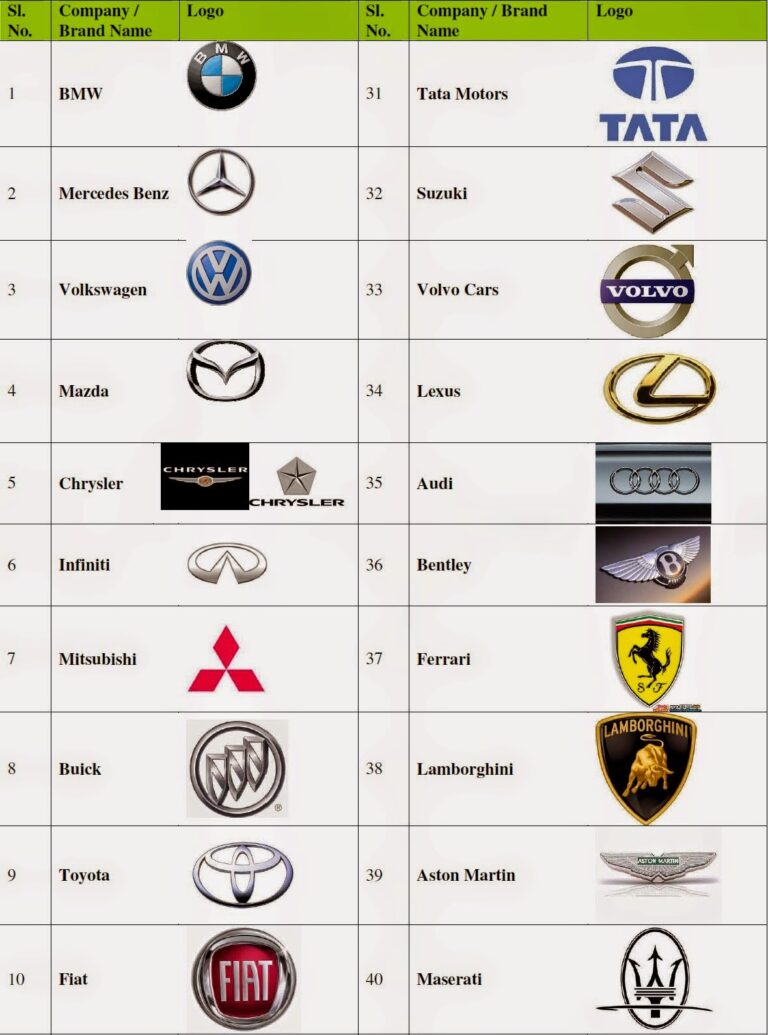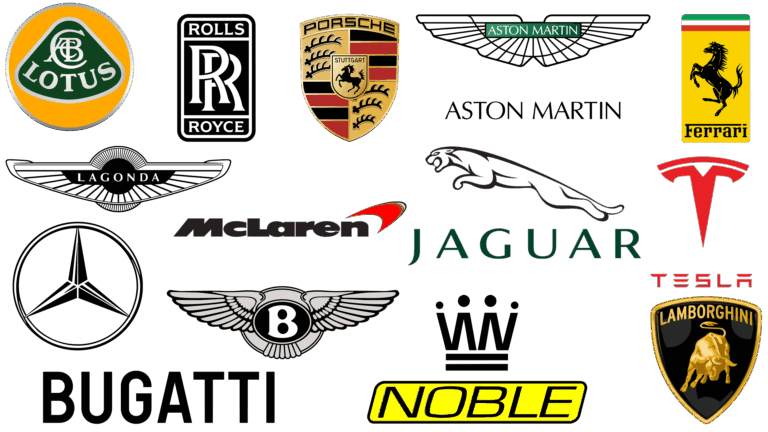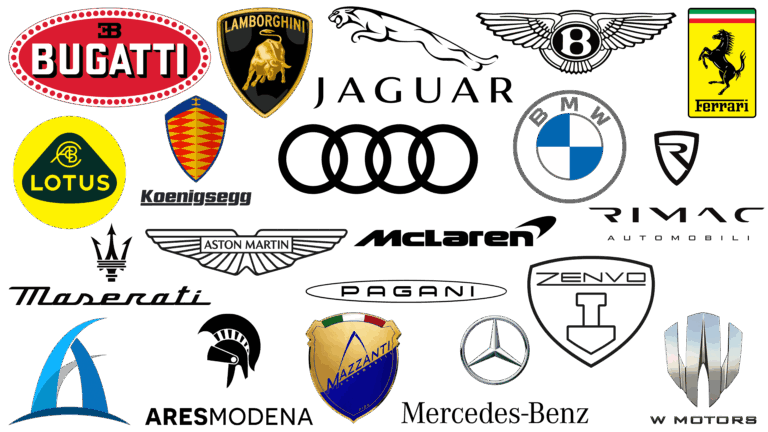Cab Truck Parts Name: A Comprehensive Guide to Your Truck’s Command Center
Cab Truck Parts Name: A Comprehensive Guide to Your Truck’s Command Center cars.truckstrend.com
The cab of a commercial truck is more than just a driver’s seat; it’s a mobile office, a living space, and the nerve center for operating a massive machine. Understanding the names and functions of its various components is not just for mechanics or enthusiasts—it’s essential for every truck driver, fleet manager, and owner-operator. Knowing your cab’s anatomy enables quicker diagnosis of issues, facilitates accurate communication with repair shops, enhances safety, and contributes to the overall longevity and efficiency of your vehicle.
This comprehensive guide will demystify the "Cab Truck Parts Name," taking you on a detailed tour of the components that make up this vital workspace. From the structural elements that protect you to the sophisticated electronics that keep you connected and in control, we’ll explore the form and function of each key part, offering practical insights and actionable advice along the way.
Cab Truck Parts Name: A Comprehensive Guide to Your Truck’s Command Center
The Cab’s Exterior Shell & Structural Components
The cab’s exterior is its first line of defense and defines its shape. These parts are crucial for safety, aerodynamics, and driver comfort.
- Cab Shell/Body: This is the primary structural unit of the cab, forming its fundamental shape and providing the framework for all other components. It’s designed to protect occupants in the event of an accident.
- Pillars (A, B, C): These vertical supports reinforce the cab’s structure. The "A" pillars frame the windshield, "B" pillars are located behind the front doors, and "C" pillars (in extended or sleeper cabs) are at the rear. They are critical for rollover protection and roof integrity.
- Roof: The top panel of the cab, providing overhead protection and often housing interior lighting or storage.
- Floor Pan: The base of the cab, providing the foundation for seats, pedals, and the dashboard. It often incorporates sound deadening and insulation.
- Doors: The access points to the cab, comprising:

- Door Panels: The outer skin and inner trim that make up the door.
- Door Hinges: Allow the door to swing open and close.
- Door Latches/Locks: Secure the door in the closed position.
- Door Handles (Interior & Exterior): Mechanisms for opening the door.
- Windows: Critical for visibility and environmental control:
- Windshield: The large front glass panel, offering primary forward visibility. Often laminated for safety.
- Side Windows: Glass panels in the doors, typically power-operated.
- Rear Window: (If applicable) Glass panel at the back of the cab.
- Window Regulators: The mechanical or electric mechanism that moves the window up and down.
- Window Seals/Gaskets: Rubber or plastic strips that provide a seal against water and air intrusion around the windows.
- Side Mirrors (Mirror Assemblies): Essential for rear and side visibility. Modern trucks often feature large, heated, power-adjustable mirrors with integrated convex mirrors for wider viewing angles. The Mirror Arms extend the mirrors from the cab.
- Wiper System:
- Wiper Arms: The metal arms that hold the wiper blades.
- Wiper Blades: The rubber components that sweep water and debris from the windshield.
- Wiper Motor: Powers the wiper arms’ movement.
- Washer Fluid Reservoir & Pump: Stores and sprays cleaning fluid onto the windshield.
- Cab Steps/Running Boards: Platforms located below the doors to facilitate easy entry and exit from the high cab.
Interior Comfort & Control: The Driver’s Domain
The interior of the cab is where the driver spends the majority of their time, making comfort, ergonomics, and accessibility of controls paramount.
- Seating System:
- Driver’s Seat: Often an advanced air-ride suspension seat, designed to absorb road vibrations and reduce driver fatigue. Key components include:
- Seat Base/Frame: The structural foundation.
- Air Suspension System: Airbags and compressor for ride adjustment.
- Seat Adjusters: Levers or buttons for height, recline, lumbar support, and fore/aft positioning.
- Armrests: Provide support for the driver’s arms.
- Passenger Seat/Jump Seat: Simpler seats for additional occupants.
- Driver’s Seat: Often an advanced air-ride suspension seat, designed to absorb road vibrations and reduce driver fatigue. Key components include:
- Dashboard & Instrument Panel: The central hub for driver information and controls.
- Steering Wheel: The primary control for vehicle direction. May include integrated buttons for cruise control, audio, or phone. Connected to the Steering Column, which often allows for tilt and telescopic adjustment.
- Instrument Cluster: The panel directly in front of the driver, housing vital gauges:
- Speedometer: Vehicle speed.
- Tachometer: Engine RPMs.
- Fuel Gauge: Fuel level.
- Oil Pressure Gauge: Engine oil pressure.
- Engine Temperature Gauge: Engine coolant temperature.
- Air Pressure Gauges: For air brake systems (primary and secondary tanks).
- Voltmeter/Ammeter: Battery charge/discharge.
- Warning Lights/Indicators: Alert the driver to issues (e.g., check engine, low air pressure, ABS fault).
- Switches & Controls: A multitude of buttons and toggles for various functions:
- Headlight Switch: Controls exterior lighting.
- Wiper/Washer Control Stalk: Often integrated with turn signal.
- Cruise Control Buttons: For maintaining a set speed.
- PTO (Power Take-Off) Switch: Engages auxiliary equipment.
- Differential Lock Switch: Locks differentials for improved traction.
- Hazard Light Switch: Activates all turn signals.
- HVAC Controls: For heating, ventilation, and air conditioning.
- Infotainment System: Modern trucks often feature touchscreens for radio, navigation, Bluetooth, and telematics.
- HVAC Unit & Vents: The heating, ventilation, and air conditioning system, with adjustable vents to direct airflow.
- Controls & Pedals:
- Accelerator Pedal: Controls engine speed.
- Brake Pedal: Activates the service brakes.
- Clutch Pedal: (For manual transmissions) Disengages the engine from the transmission.
- Parking Brake (Glad Hand/Lever/Button): Engages the parking brake, often an air-actuated system.
- Gear Shifter (Shift Lever): For selecting gears in manual or automatic transmissions.
- Interior Trim & Storage:
- Door Panels: The interior covering of the doors, often including power window switches, door locks, and armrests.
- Headliner: The fabric or material lining the interior roof of the cab.
- Floor Mats/Flooring: Protect the cab floor and provide insulation.
- Storage Compartments: Overhead, dashboard, or under-seat storage for personal items and documents.
- Cupholders: Essential for driver convenience.
- Overhead Console: Often houses interior lights, CB radio, or additional storage.
- Safety Features:
- Seatbelts: Restrain occupants in case of impact. Includes the Retractor (winds the belt) and Buckle (secures the belt).
- Airbags: (Increasingly common in newer trucks) Supplemental restraint systems in the steering wheel and dashboard.
- Fire Extinguisher Mount: Often a designated spot for a fire extinguisher.
- Emergency Triangle Storage: Space for reflective triangles required for roadside emergencies.
Electrical & Lighting Components (Within the Cab)
The cab’s electrical system powers everything from interior lights to complex diagnostic tools.
- Interior Lights:
- Dome Light: General overhead lighting.
- Map Lights: Focused lights for reading maps or documents.
- Courtesy Lights: Illuminating the floor or steps when doors open.
- Wiring Harnesses: Bundles of wires that transmit electrical power and signals throughout the cab.
- Fuses & Relays (Fuse Box): Protective devices that prevent electrical overloads and control various circuits. The Fuse Box is typically located in the dashboard or under a panel.
- Diagnostic Port (OBD-II/J1939): A standardized connector used to access the vehicle’s onboard computer for diagnostics and data retrieval.
Driver Interface & Technology
Modern trucks are equipped with advanced technology to enhance efficiency, communication, and compliance.
- ELD (Electronic Logging Device): Mandated for tracking driver hours of service.
- CB Radio (Citizen’s Band Radio): A traditional communication tool for drivers to talk to each other.
- GPS/Navigation Units: Provide real-time mapping and routing.
- Telematics Systems: Integrated systems that transmit vehicle performance data, location, and diagnostics to fleet managers.
Maintenance & Replacement Considerations
Understanding cab truck parts extends to knowing how to maintain them and when to replace them.
- OEM vs. Aftermarket Parts:
- OEM (Original Equipment Manufacturer) Parts: Made by the truck’s original manufacturer, often guaranteeing a perfect fit and quality. Generally more expensive.
- Aftermarket Parts: Produced by third-party companies. Can be more affordable, but quality varies. Research is key.
- Identifying the Right Part: Always use your truck’s VIN (Vehicle Identification Number) when ordering parts. This ensures compatibility. Look for existing Part Numbers on the component itself or consult your truck’s service manual or parts diagrams.
- Common Wear and Tear Parts: Items like wiper blades, seat components (especially cushions and air bags), window regulators, and switches are prone to wear and may need regular replacement.
- Repair vs. Replace: For some components (e.g., a cracked dashboard, a worn-out seat cushion), repair might be an option. For critical safety components or heavily damaged parts, replacement is usually necessary.
- DIY vs. Professional Installation: Simple replacements like wiper blades or interior light bulbs can be DIY. More complex jobs involving electrical systems, structural components, or air-ride seats often require professional expertise due to specialized tools, safety considerations, or diagnostic needs.
Practical Advice and Actionable Insights
- Regular Inspection is Key: Develop a habit of daily pre-trip and post-trip inspections. Check all lights, gauges, mirrors, and ensure all controls function correctly. Look for wear, damage, or loose connections in the cab.
- Familiarize Yourself with Your Manual: Your truck’s owner’s manual is a treasure trove of information about its specific parts, maintenance schedules, and troubleshooting.
- Communicate Clearly with Mechanics: Knowing the correct names of parts allows you to accurately describe issues to mechanics, leading to quicker and more efficient repairs. Instead of "the thing that moves the window," say "the window regulator."
- Invest in Quality: While aftermarket parts can save money, don’t compromise on quality, especially for safety-critical components.
- Keep it Clean and Organized: A clean cab not only improves driver morale but also makes it easier to spot issues like leaks, spills, or damaged components.
Cab Truck Parts – Estimated Price Guide
Please note: Prices are highly variable based on truck make/model, year, OEM vs. aftermarket, supplier, labor costs, and market conditions. This table provides estimated ranges for new parts and is for illustrative purposes only.
| Part Name | Description | Estimated Price Range (USD) | Notes |
|---|---|---|---|
| Driver’s Air-Ride Seat | Ergonomic seat with air suspension for comfort. | $800 – $3,500+ | Varies significantly by brand (e.g., Sears, Bostrom), features (heating, cooling, lumbar support, vibration reduction), and material. |
| Windshield | Front glass panel for primary forward visibility. | $350 – $1,200 | Price depends on truck model, whether it includes sensors (e.g., for ADAS), and the complexity of installation (which usually adds significantly to the total cost). |
| Complete Side Mirror Assy. | Entire mirror unit including housing, glass, and motor (if powered). | $180 – $700 | Varies based on features like heating, power adjustment, integrated turn signals, and the size/type of convex mirrors. Some assemblies can be much higher for advanced systems. |
| Interior Door Panel | Inner trim covering the door structure. | $120 – $450 | Price for a single panel. Varies by material (plastic, fabric, leather), trim level, and the specific truck model. Often includes power window/lock switch cutouts. |
| Steering Wheel | Driver interface for steering and often includes controls. | $250 – $900 | Basic wheels are less expensive; multi-function wheels with integrated controls (audio, cruise, phone) and airbag compatibility can be significantly more. |
| HVAC Blower Motor | Component that pushes air through the ventilation system. | $80 – $300 | Essential for heating and cooling system operation. Can often be replaced by a moderately skilled DIY mechanic. |
| Headliner (Pre-formed) | Fabric or molded material covering the interior roof of the cab. | $180 – $600 | Can be expensive due to its large size, shipping costs, and the need for specific molding to fit the cab’s contours. Some truck models may offer replacement fabric kits for a lower cost. |
| Instrument Cluster | Unit containing speedometer, tachometer, gauges, and warning lights. | $500 – $2,500+ | Can be very expensive, especially if it’s a fully electronic or digital display unit. Repair services for existing clusters can sometimes be a more cost-effective alternative than full replacement. |
| Power Window Regulator | Mechanism (with motor) that moves the window up and down. | $90 – $350 | Price includes the motor and the track/cable assembly. Manual window regulators are generally cheaper. |
| Wiper Blades (Pair) | Rubber blades that clear the windshield. | $25 – $60 | A common consumable item that requires regular replacement (typically every 6-12 months) for optimal visibility. Price for a set of two. |
| Parking Brake Valve | Controls the air supply to engage/release the parking brakes. | $70 – $200 | A critical component in air brake systems. |
| Cab Air Bag (Suspension) | Airbag for cab suspension, providing a smoother ride for the cab itself. | $80 – $250 | Distinct from the driver’s seat air bag, these are part of the cab’s independent suspension system (if equipped), separate from the chassis suspension. |
Frequently Asked Questions (FAQ)
Q1: Why do I need to know the names of cab truck parts?
A1: Knowing the parts’ names allows for accurate communication with mechanics, faster troubleshooting, precise ordering of replacement parts, and a better understanding of your truck’s overall operation and maintenance needs. It empowers you as a driver or owner.
Q2: Are OEM parts always better than aftermarket parts?
A2: Not always. OEM parts generally guarantee a perfect fit and quality as they are from the original manufacturer. However, many aftermarket companies produce high-quality parts that meet or exceed OEM standards, often at a lower cost. It’s crucial to research reputable aftermarket brands and consider reviews before purchasing. For critical safety components, OEM is often preferred.
Q3: How can I identify the correct part for my specific truck?
A3: The most reliable method is to use your truck’s VIN (Vehicle Identification Number). Reputable parts suppliers can use your VIN to look up the exact parts designed for your make and model. You can also often find part numbers directly on the existing component you wish to replace or consult your truck’s owner’s manual or service diagrams.
Q4: Can I replace cab parts myself?
A4: Many simple cab parts, like wiper blades, interior light bulbs, or floor mats, can be easily replaced by a DIY enthusiast. However, more complex components such as air-ride seats, window regulators, or electrical system components may require specialized tools, diagnostic equipment, and a good understanding of the truck’s systems. For safety-critical components or if you’re unsure, professional installation is always recommended.
Q5: What are the most common cab parts that need replacement due to wear and tear?
A5: Common wear items include wiper blades, seat cushions and air bags (due to constant use and vibrations), interior and exterior door handles, power window regulators, various switches and buttons, and occasionally gauges in the instrument cluster. Components exposed to the elements, like mirror glass and seals, also wear over time.
Q6: How often should I inspect my cab parts?
A6: A quick visual inspection of key cab components should be part of your daily pre-trip and post-trip inspections. A more thorough inspection, including checking for loose connections, worn seals, and proper functioning of all controls, should be performed during routine maintenance intervals (e.g., every few months or during oil changes). Addressing small issues early can prevent larger, more costly repairs down the road.
Conclusion
The cab of a truck is a complex, integrated system of components, each playing a vital role in the vehicle’s operation, driver safety, and comfort. By familiarizing yourself with the "Cab Truck Parts Name," you gain an invaluable understanding of your mobile workspace. This knowledge empowers you to maintain your truck more effectively, communicate precisely with service technicians, and ultimately contribute to a safer, more efficient, and more comfortable driving experience. Invest the time to learn these names and functions; it’s an investment that pays dividends on the road.




